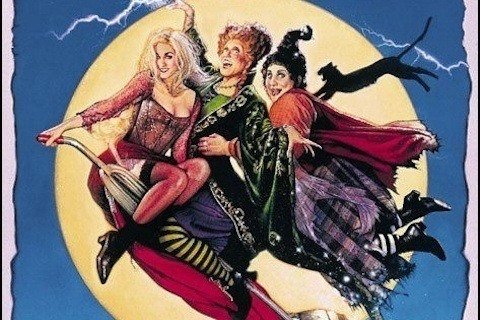
Groundhog Day is a popular North American tradition observed in the United States and Canada on February 2. It derives from the Pennsylvania Dutch superstition that if a groundhog emerging from its burrow on this day sees its shadow due to clear weather, it will retreat to its den and winter will persist for six more weeks; if it does not see its shadow because of cloudiness, spring will arrive early. While the tradition remains popular in modern times, studies have found no consistent correlation between a groundhog seeing its shadow and the subsequent arrival time of spring-like weather. The weather lore was brought from German-speaking areas where the badger is the forecasting animal. This appears to be an enhanced version of the lore that clear weather on the Christian festival of Candlemas forebodes a prolonged winter.
| Observed by | Canada, United States |
| Significance | Predicts the arrival of spring |
| Celebrations | Announcing whether a groundhog sees its shadow after it emerges from its burrow |
| Date | February 2 |
| date | February 2 |
| Frequency | Annual |
| Related to | Candlemas |
À propos de Groundhog Day
A newscaster set to report whether or not the groundhog sees its shadow finds his day cycling on repeat with no escape.
Réalisation de Groundhog Day
Harold Ramis agreed to direct the film after first receiving it in 1991. The film won BAFTA Award for Best Original Screenplay in 1994.
Principaux faits que vous ne saviez pas sur Groundhog Day
Public holidays in Canada.. Pennsylvania German culture.. Weather lore.. Pennsylvania culture.. Superstitions.. Public holidays in the United States.. February observances.
Dernières informations sur Groundhog Day mis à jour le 28 Juillet, 2021.








